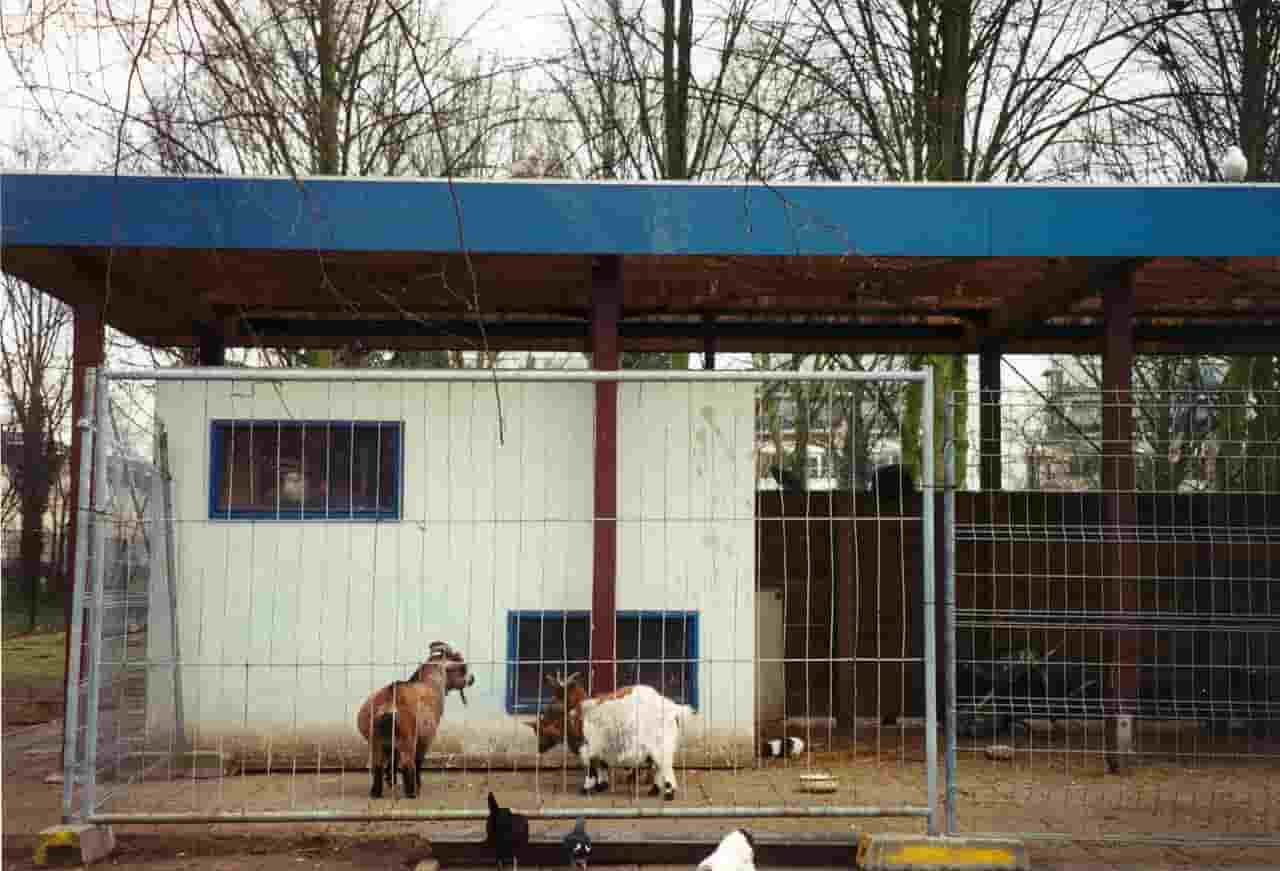FMD | Foot and Mouth Disease
Foot-and-mouth disease or FMD is a viral animal disease that cannot be transmitted to humans. Highly contagious, it affects domestic (cattle, sheep, goats, pigs, etc.) and wild (cervids, antelopes, llamas, etc.) animals of the Artiodactyla family.
Although known for a long time, this disease remains one of the major concerns of breeders and health authorities. It can have considerable socio-economic repercussions, particularly in the agricultural sector.
Because of the economic losses it causes, foot-and-mouth disease is one of the major pathologies affecting the production and international trade of foodstuffs of animal origin, food security and economic development, both at the level of small farmers and in the sectors. more organized production.
Description of the disease
The pathogen responsible for foot-and-mouth disease is a virus from the Picornaviridae family. There are 7 types of this virus immunologically and genetically, each of which has several subtypes.
It is transmitted directly from animal to animal or through indirect contact (contaminated material, animal products, human intervention from an infected sector to an unharmed sector). It can also be carried by the wind over very long distances from an infected farm.
Infection occurs through the respiratory tract. The incubation period varies on average from 2 to 7 days.
The disease is characterized by the appearance of lesions (vesicles) on the muzzle, tongue, lips, oral cavity, interdigital spaces, above the claws, on the teats and at pressure points on the skin. Very frequently infected animals present with fever (hyperthermia), depression, hypersalivation, loss of appetite and weight, and a drop in milk production.
Epidemiological situation of FMD
The disease is persistently and permanently present (endemic) in most of Africa and the Middle East and parts of Asia and South America. Free countries are not immune to an incursion of the disease from neighboring or even distant infected countries.
Read also: Aujeszky Disease | An infection of animals caused by Suid herpesvirus 1 (SuHV-1)
For example, the reappearance of foot-and-mouth disease in Europe in 2001, which particularly affected the United Kingdom and which will remain among the most devastating examples in history.
In the same year, two outbreaks were identified in France, which led to the slaughter of nearly 50,000 animals and significant economic consequences.
What are its symptoms?
It is characterized by the appearance of canker sores and superficial ulcers. These lesions cause intense salivation. The animal limps and has chewing disorders.
Milk production drops. Any suspect animal is slaughtered as well as the entire herd.
Veterinary tests should confirm the diagnosis. The incubation time of the disease varies from 2 to 14 days.
How is it transmitted?
There are three routes of contamination:
- By contact between animals. All the excretions of an infected animal have a contaminating power: exhaled air, excrements, urine, milk, semen…;
- Via live (humans or animals) or inanimate (tractor, car, shoes, etc.) vectors;
- Thanks to the wind, which can, depending on certain climatic conditions, spread the virus over long distances.
Can it affect humans?
The disease is not transmissible to humans. However, some exceptional cases have been observed under particular conditions.
The symptoms were minor (fever, blisters on the hands and mouth, etc.) and disappeared spontaneously. The last human case reported in Britain was observed in 1966.
Sources: PinterPandai, Department of Jobs, Precincts and Regions (Agriculture Victoria), World Organisation for Animal Health, Government of Alberta, USDA Animal and Plant Health Inspection Service
Photo credit: Steven Lek via Wikimedia Commons (Public Domain)
Photo description: animals in a children’s farm during the 2001 Foot and mouth disease (FMD) epidemic in The Netherlands.



